November 2018
26th November - Yacon time again!! I've been making the most of any dry and mild days at the plot, stil weeding flower beds but also excavating our Yacon harvest from it's pots. Yacon is one of those South American vegetables, relatively new to the UK, which can be difficult to know what to do with once you have successfully grown it!
I am leaving the tubers to dry off for two weeks, as last year some went a little mouldy in storage. Apparently this can aslo increase their sweetness. Yacon contain Inulin, which is one of the fructans group of carbohydrates. These are not digested by our bodies and so are therefore "calorie free", as well as providing food for our gut bacteria. What's not to like? Well.... best not to eat large quantities of Yacon at one time, as for some people this internal bacterial action can result in excess wind.
Raw, peeled yacon tastes a bit like green apples, crisp pear and somehow slightly of celery. It is sometimes called Ground Apples in fact. Most of our crop this year will be used to make a molasses-like syrup. Last year I was worried it would make a dreadful mess in the kitchen, but I have researched how others have done this successfully, so watch this space
Yacon grows two kinds of tuber: storage tubers, which are the ones we harvested, and reproductive rhizomes, which grow near the surface and are easily indentified. These can be carefully broken away from the remaining stems and re-planted. I keep them in our frost free greenhouse until I have time to pot them up into 5ins pots, where they slowly grow until about the beginning of May when they can be potted on into very large pots for the season. In their native Andes, they are of course perennial
The pots were completely jam-packed with tubers again this year, and it was quite difficult to get them out, but all in all we had 8.75kg of useable sized ones, plus plenty of growth rhizomes to share .. pretty good considering all I did was water them and give them the occasional splash of comfrey feed .. from two large and one medium sized pot. Maybe next year a builders' trug might be good to use.
Harvest Monday this week continues with Carrots and Flat Leaf Parsley. Both are regulars to the kitchen, and so versatile they are never boring. This week the parsley enlivened some mashed potato, whilst this chopped carrots was steamed to acompany venison casserole The two Bay Leaves came from the potted tree outside our back door, and went to flavour the casserole, together with a large sprig of Rosemary. Although this tree is evergreen, I have dried a handful or two of the leaves to use when it is a bit wet or cold outside.
This year our Red Cabbage seeds were sown late, following the failure of some bought-in plants, and the attentions of the underground moles this set them back further. Brassicas need very firm soil to thrive. They are at last growing well now, and are beginning to heart up. This late in the year though, it seems unlikely they will be ready for Christmas though.
Something else to consider is that I have ended up with about sixteen plants, far more than we would normally eat, so I decided to start using them whilst they are stil in such good condiiton: a beautiful coleslaw of red cabbage, carrot and onion was the result. The Chinese Red Dragon Radishes are another weekly harvest. Those sown outside are now ready to harvest alongside the larger ones pulled from the polytunnel
The last of the Little Gem Lettuce were pulled up this week. The leaves had suffered in the recent cold spell and had started to rot, so out they came, and when cleaned up we had four good hearts to use
Our final harvest is a non-edible... the very last picking of Chrysanthemums. I love the smell of these plants. It takes me straight back to childhood Autumns and bonfires in the garden
This week's big job has been to sort out the strawberry plants to give the best chance of a good crop next year. I had cut them right back after fruiting, but the new leaves had been badly affected by something unknown that turned them to a brittle lacy mess.
I could find no insects or grubs of any kind, and it seemed unlikely to be environmental. The plants three or four years old were disposed of completely, and any we were keeping had every damaged leaf removed and the top inch of compost replaced, in case there were overwintering bugs there.
We had allowed some plants to root runners, and these have now made good sized plants, so were lfted and replanted into fresh grow-bags of compost on the tables. Every plant crown was drenched with insecticidal soap, and the outside of the troughs and table frames wiped down too, so all we can do now is wait and see. The trays under the troughs have been taken away to avoid the plants getting waterlogged during the Winter
Strawberries need a period of cold to form flower buds (These are mainly early season varieties) and will be fine outside for the Winter, although they might need some protection from the cold once flower buds are evident. As all the plants are either in troughs or grow-bags, they are easy enough to move under cover if needed. Come the Spring I shall give them a feed of Sulphate of Potash to boost fruiting.
The spent compost from the Yacon tubs was spread on one of the flower beds, and this little fellow was delighted to pick up anything edible. A pair of robins nested in our woodstore last year, and we fed one of the fledglings with mealworms for a couple of weeks. I wonder if this is the same bird?
That is the end of November's blog entries... when I wrote next week's blog it will be officially Winter time! I really must get the last of the flower bulbs planted ...
If you'd like to read more about Harvest Monday, have a look here at Dave's hosted pages
and if you would like to contact me, you're very welcome, on:
info@alitttlebitofsunshine.co.uk
and I'll get back to you as soon as I can
19th November - Run Rabbit, Run Rabbit, Run, Run, Run! He's gone!!! At long last the rabbit that has plagued us since the Spring has left the plots. Once all the hedgerows were cut back, there was little cover for the little beast... not so little beast actually, quite a fat beast really... and so it became easier to chase him, and he managed to wriggle through a tear in the mesh of the back gate, out and away. Hip, hip hurray!!! Abi fixed some new wire mesh across the whole of the gate, so he couldn't get back in and neither could ay of his friends either. Whew... couldn't stop smiling for ages
Apart from cutting back the blackberry hedge and the lavender hedge, all the dahlia tubers are now sitting upside down in trays at home. We had soooo many, more than it had seemed when they were spread over the two plots, and of course the small tubers were had planted had developed into fairly large clusters, taking up far more space in the trays. They will stay upside down until the sap has drained out of them, then be re-organised and stored away under the staging until next March, with the occasional spray of water if they look as though they need it
I have always struggled to even getting Cannas to grow before, and this Summer they revelled in the glorious heat to give a brilliant display. The pots they were planted in were far too large to bring under cover, so we took the whole clump of tubers ... they had also multiplied like magic under the soil ... out of the pots to bring homeI hope that we can split these in the Spring, replant one in each pota again and have the rest in the ground. Worth a thought, any way
There are a few offerings for Harvest Monday: some Carrots, lots of Parsley, and the very last of the Clapton Cauliflowers. They have been really productive, growing to a modest size, not maturing all at once and being Club Root resistant, as well as tasting pretty good too. Another one for next year's list!
The last of the outdoor Spring Onions, a Little Gem Lettuce that had been caught by the frost so the outer leaves were spoilt, and two little red Apples from the Valentine tree, that had hung on for ages.
This week's bake was an Apple & Chilli Cake, which used one of the Valentine apples, as well as some Bramleys we were gifted [Recipes 2018/ November] This was almost more apple than cake, and excellent as a hot pudding with custard, as well as sliced cold
The other Bramleys are now neatly stored on trays in the garage, where I hope they will keep for a few weeks yet
The Tiger Nuts harvested last week have been transforned after a week of drying. They are crisp and crunchy, with a very definite flavour of coconut. Very good to munch on!
The mild weather has given us the perfect opportunity to continue preparing the plots for Winter, and there are now only two beds still needing to be covered, and all the cutting back of shrubs and hedges has been done, bearded irisies split up and replanted, annual flowers like calendula and nigella transplanted, daffodil bulbs and Byzantine gladioli planted ... weeding of onions, leeks and garlic, and planting of tulip bulbs are on the list for this coming week. Then we can breathe again
The shallots are starting to shoot, and this week I sowed the Globo onion seeds in a deep tray in the greenhouse at home: a milestone towards the new season
... and the lobelia has a new lease of life! It just shows how sheltered our front garden is in comparison to the plots
Much colder Easterly winds will soon be with us , so the flowers might not last much longer. In the meanwhile, they are a welcome splash of bright colour by the front door
In the coming week, I'll be organising the seeds saved for the Seed Circle, and asking other contributors to start packing up their offerings, to post them here for redistribution. Looking forward to some new varieties to try!
Next Monday I shall try to include some photos of the plots, as well as any harvests possible
All the brassic beds are covered to prevent pigeons feasting on their leaves. These are the Brussels Sprout plants which have PSB next door. Red Cabbages have their own bed, as do the green Ball Heads and the mixed Kale plants. The soil is firmed down in all of them to reduce wind-rock, as this means solid heads and good, closed sprouts
If you'd like to read more about Harvest Monday, have a look here at Dave's hosted pages
and if you would like to contact me, you're very welcome, on:
info@alitttlebitofsunshine.co.uk
and I'll get back to you as soon as I can
12th November - Seems to be a bit in limbo, with warm weather, interspersed with heavy showers. You have to be ready to get under cover, even when the skies are blue, as those dark clouds sail up so quickly and before you know it...you're soaked to the skin! It does mean we are still able to work out on the plots, clearing old flowering stems and recently grown weeds as we move ever closer to the end of the Autumn. We usually aim to have empty beds covered by the end of November, tubers that need to be dug for storage deal with, as well as all the new planting completed. So far so good!
This week, we planted Shallots into individual 5 ins pots, and put them in one of the polytunnels in space that could have been specially designed for them, just inside the door. Usually I plant them straight into the ground, but putting them temporarily into pots should allow their roots to grow for a little longer than if outside. They do need a period of cold to spilt into more bulbs, rather than stay as one like an onion, so come the end of January, whenever the soil is workable, they will get planted out, with a little bit of shelter under cloches. Their bed is ready, covered with black plastic until the shallots are ready to be moved
The final lot of lettuce seedlings is also now in a polytunnel bed. They only have four leaves, but they will probably carry on growing for a while yet, before their Winter rest. Once the Spring arrives, they will grow away again, to give us a nice early crop of lettuces I hope. They are a variety called Winter Density, which I grew successfully last Winter.
I was given some Welsh Onion seedlings, which are now alongside the lettuces. I was really pleased to have these, as they are a heritage variety of bunching or multiplier onions. These can be used for green onion leaves, pulled like Spring Onions and when left alone grow into a clump of small bulbs. I shall be leaving these alone to grow. I do have some Spring Onions for the Winter already, so will not need to disturb the Welsh Onions until they get much larger.
There have been some issues in the tunnel with rodents. Small piles of chopped leaf stems here and there point to voles as the culprits, whilst some nibbled kohlrabis clearly were down to mice. It was out with the snappy traps, and in two days we have caught six mice and one vole. Last Winter we stopped counting at 100 mice, so I do hope there are not quite so many around this year. Red Tailed KItes appreciate the easy food out on the grass verge though
Harvests have been much reduced this week, so Harvest Monday will be quite brief.
First up are Kholrabi. These are the last of the small batch I sowed at the end of the Summer, and they have been brilliant. This is the first year I have grown them, encouraged by Dave from Our Happy Acres, and to be honest I was unsure what to do with them really. Dave makes kimchi and fermented pickles, but these are not currently "on our list", so have had to be a bit imaginative to make sure we didn't get fed up with kohlrabi. They do keep for a few weeks in veggie-store bags, in the fridge, so this last pulling won't all need to be eaten this week. I took them up as they were proving very attractive to mice, otherwise they could have been left a bit longer
So far, we have had them raw in salads, both cubed and sliced using a mandoline, cut into batons and steamed with roast dinner, sliced and fried coated in egg and breadcrumbs, seasoned with chilli flakes and also with oregano, grated slaw-style with onion and carrot, and next will come a curry. I rather fancy something with coconut, thinking that cabbage and coconut are a great combination and kholrabi are part of the cabbage family..... worth more than a passing thought I suspect!
Having had a few decent frosts a couple of weeks or so back, we decided to see what was growing beneath the Parsnip leaves. You never really know whether there are dozens of fanged beasts down there, or nice smooth roots. I dug four, one of which went straight into the compost as it was very tiny and twisted, but the other three, whilst modest sized, were straight and undamaged. Given the issues with drought and mole tunneling, I was more than happy. These are Vulcan: I wonder how the Student and Duchess have fared? I only wanted to pull what we were going to eat that day, so the others can perhaps grow slightly more. Very, very sweet and tasty lightly roasted alongside the potatoes yesterday evening, our first parsnips of the season.
A couple more Carrots from the twisty row were fine once cleaned and sliced, and a small Cabbage that had some damaged outside leaves was delicious steamed and served with butter and black pepper. One or two Radishes came up when I was trimming vole-damaged leaves, and these were added, finely sliced, to salads. Hopefully the others will now be safe from further attacks
Our final harvest is from one of the experimental crops ... Tiger Nuts. These are not actually real nuts, but tubers from Yellow Nutsedge, which looks a bit like thick leaved grass when growing. When I was a child, I was very fond of these, which were sold dried and wrinkly, took ages to chew but had a very distinct flavour.
Ten tubers were planted in small pots of multipurpose compost and kept in our frost-free greenhouse over the WInter. Only three grew, and these were all planted together in a largish pot once thefrosts were over, and this sat under one of the tomato tables in the open section of the polytunnel all Summer. They didn't flower, and I wondered if there may be nothing to show when we looked in the pot. The leaves had died down, presumably due to that spell of cold weather, so we tiped the contents of the pot out into the wheelbarrow... and wow!!
Although the new tubers were very visible where the roots were growing down the sides of the pot, they were difficult to spot in the actual compost, and it took ages to pick them all out. It was very noticeable that the larger tubers were in the areas where the compost was less compacted
The tubers were difficult to clean and took several washes and then individual scrubbing to rid them of compost, plus they have tiny hairy "roots" in addition to the shoot they grew from, (a bit like potatoes have) with an unfortunate overall resemblance to rabbit droppings. And boy, were they hard!! The unwary could easily have broken a tooth ot two
Once the tubers had been scrubbed again and surface-dried, they looked much more appetising, and more likely to be able to be used for something edible. I read up a bit, found out they can take three months to dry, and also that, in order to use them for anything except a chewy snack, they have to be soaked first. Maybe I shan't bother drying them in the first place!
After three days, they are more crisp than hard, and have that flavour remembered from my childhood, faintly remininscent of almonds and slightly coconut-like. Perhaps they might good chopped in cakes in the same way as nuts. They are used in Spain to make a sort of "nut milk" called horchata, flavoured with cinnamon, which sounds as though it could be worth a go. I'll let you know. In the meanwhile, munching a couple on the way past the bowl is good, and we have decided to plant some for next year.
I need to look into their optimum growing conditions: a more open, sandy soil may result in larger tubers, as well as making harvesting easier, and perhaps the odd splash of tomato fertiliser may not have been the best treatment... we shall see. I do know there is a growth inhibitor involved, which may be why seven tubers failed to sprout in the Spring. I wonder how this can be removed? Reading material there for during the darker months of the year
Having to stay indoors in a spell of rainy weather, ended up with me making this French Apple Tart. It's ages since I made anything like this and it was a bit of a relief that it came out alright to be honest! The pastry was nice and crisp, and the apples very flavoursome. hen we came to eat the rest the following day though, the pastry was softer and could have done with refreshing on a hot tray in the oven, or even in a griddle pan... lesson learned!
It used up some of the windfall apples, which was good (Recipes 2018/Nov) and the gift of a bagful of Bramley Apples coud well lead to a run on apple cake recipes here!
There are very few flowers on our plots this week, but at home the Christmas Cacti are coming into flower. This one happily lives on a North West facing windowsill, and has opening with a lovely fanfare of colour. We have several in different parts of the house, which usually flower in succession during the last weeks of Autumn and into the Winter
I shall be back next Monday. Wonder how much growth the dahlia tubers have made during the Summer? And it is time to dust off the deep trays and get the onion seeds going now too... might be the end of one sowing season, but it is the beginning of the next already!
If you'd like to read more about Harvest Monday, have a look here at Dave's hosted pages
and if you would like to contact me, you're very welcome, on:
info@alitttlebitofsunshine.co.uk
and I'll get back to you as soon as I can
5th November - A week of two halves!! With sub-zero temperatures, it was time to grab anything tender that was still able to be harvested from the polytunnel, which was mainly chillies and sweet peppers. All the remaining plants have been taken out for composting, and the two tunnels now look quite different
One and a half beds are covered in this one, with Perpetual Spinach and Mustard Green transplanted to grow on over the Winter, plus some self sown sweetpeas plants set out around a wigwam.
The second tunnel has Scarlet Kale, Purple sprouting Broccol, Flat Leaf Parsely and Lettuce in one bed, Kohl Rabi, Chinese Dragon & Mooli Radishes, plus a chilli that somehow has survived so far, in the other. It still needs a bit of weeding but is otherwise OK
Just got used to working with my jacket and scarf on, when the weather changed dramatically and we are back to shirt-sleeves again for a while. It has meant we could really crack on with cutting back all the dead flower stems to about 30cm, leaving enough cover for hibernating insects as well as being able to see where they are planted so we don't accidentally plant something else on top, come next Spring.
Harvest Monday begins of course with Chillies - Serrano, Yukari Bakan, Joe's Long Cayenne, a few remaning Jalapenos, some Pretty Purple (which have ripened to orange now) and some Big Bombs. Not in the picture are Piquantes
The PIquantes are all in this jar, already pickled. They have been really slow to ripen, so I have also included some green fruits, hoping they will be good to eat too. The single plant grew huge, and the fruits were held singly, not in clusters, but even so there were plenty of them. They lend themselves to being filled with cream cheese before serving, so we are really looking forward to them, over the festive season
I also made a jar of pickled Padron Peppers, which included Oregano, and they are really good. I managed to choose one of the extra hot and spicy ones for a first taste, which was a bit of a shock, as most of them are very mild, but the flavour was excellent.
(Recipes for these, and for last week's Pickled Jalapenos, are in Preserves October)
Other harvests this week have included:
Rainbow Chard, which was baked in a gratin with cubed Kohl Rabi
Beetroot - three different colours, all roast with the potatoes for yesterday's dinner
Carrots - these are absolutely massive, as you can see from the photo, so massive in fact that one on its own weighed in at 667g. They are not quite so sweet as when they were smaller, but are still pretty good. They were sown back in April, so am really pleased they are in such good condition, with no splitting at all. Plenty left too!
The crops out on the plots are doing well so far, although there is a bit of weeding needed around the onions and leeks.
This week the Goldfinches that visit the garden have discovered our niger seed feeder, and arrive in a flock to eat and eat. Such pretty birds: I hope they stay around all through the Winter now they know they have a steady source of food
At the plot we constantly hear woodpeckers calling, but usually onl see them as they are flying away. Green Woodpeckers are ground feeders and are often on the short grass near our gate, but the Greater Spotted Woodpecker feeds in trees. This female sat in the top of abare ash tree long enough for me to get a photo... mya not be the best picture, but from that distance I was glad you can identify the bird!
That is the end of this week's blog, which I hope you enjoyed reading. I shall be back next Monday with updates on our harvests and work on the plots
If you'd like to read more about Harvest Monday, have a look here at Dave's hosted pages
and if you would like to contact me, you're very welcome, on:
info@alitttlebitofsunshine.co.uk
and I'll get back to you as soon as I can
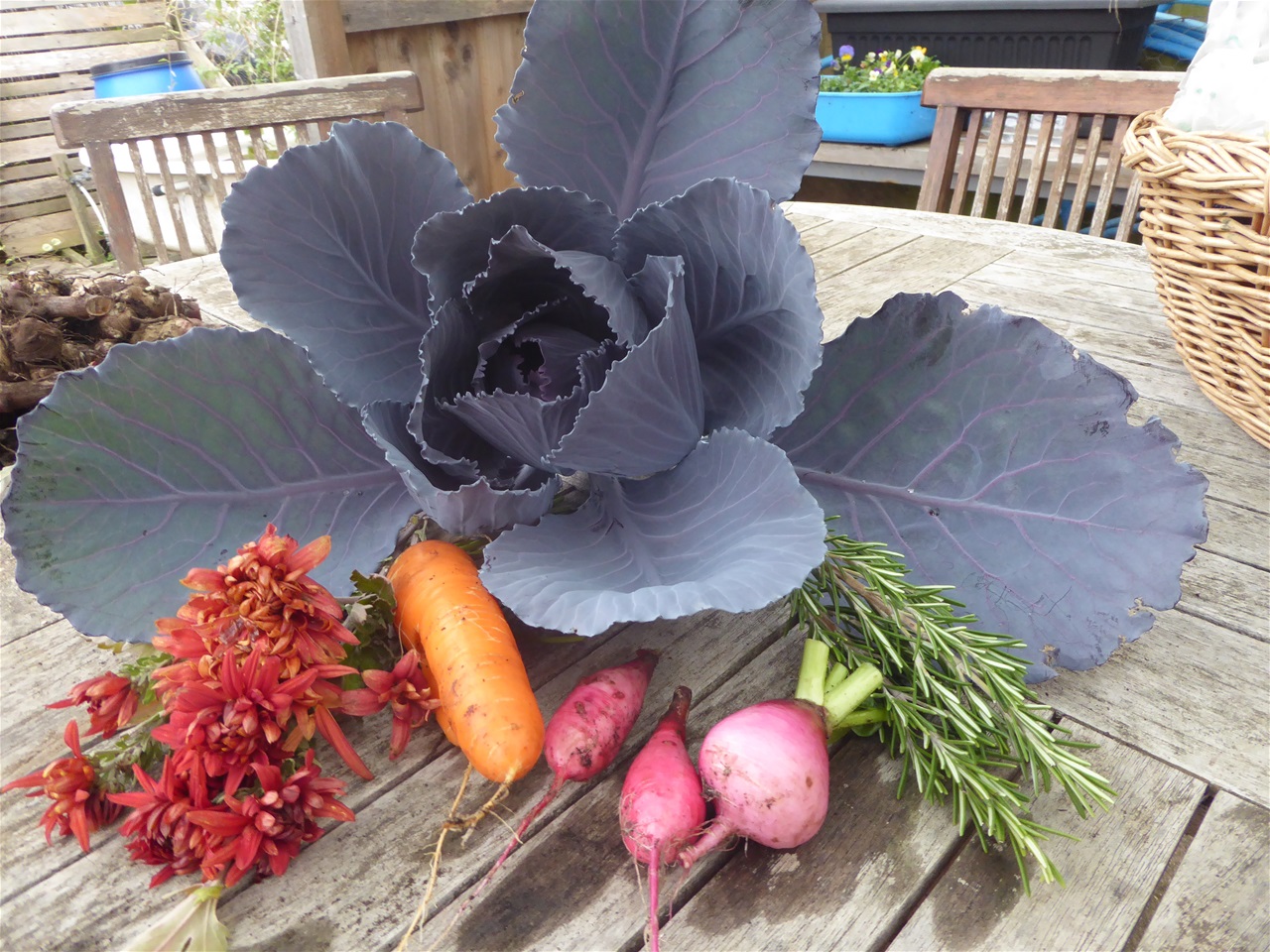

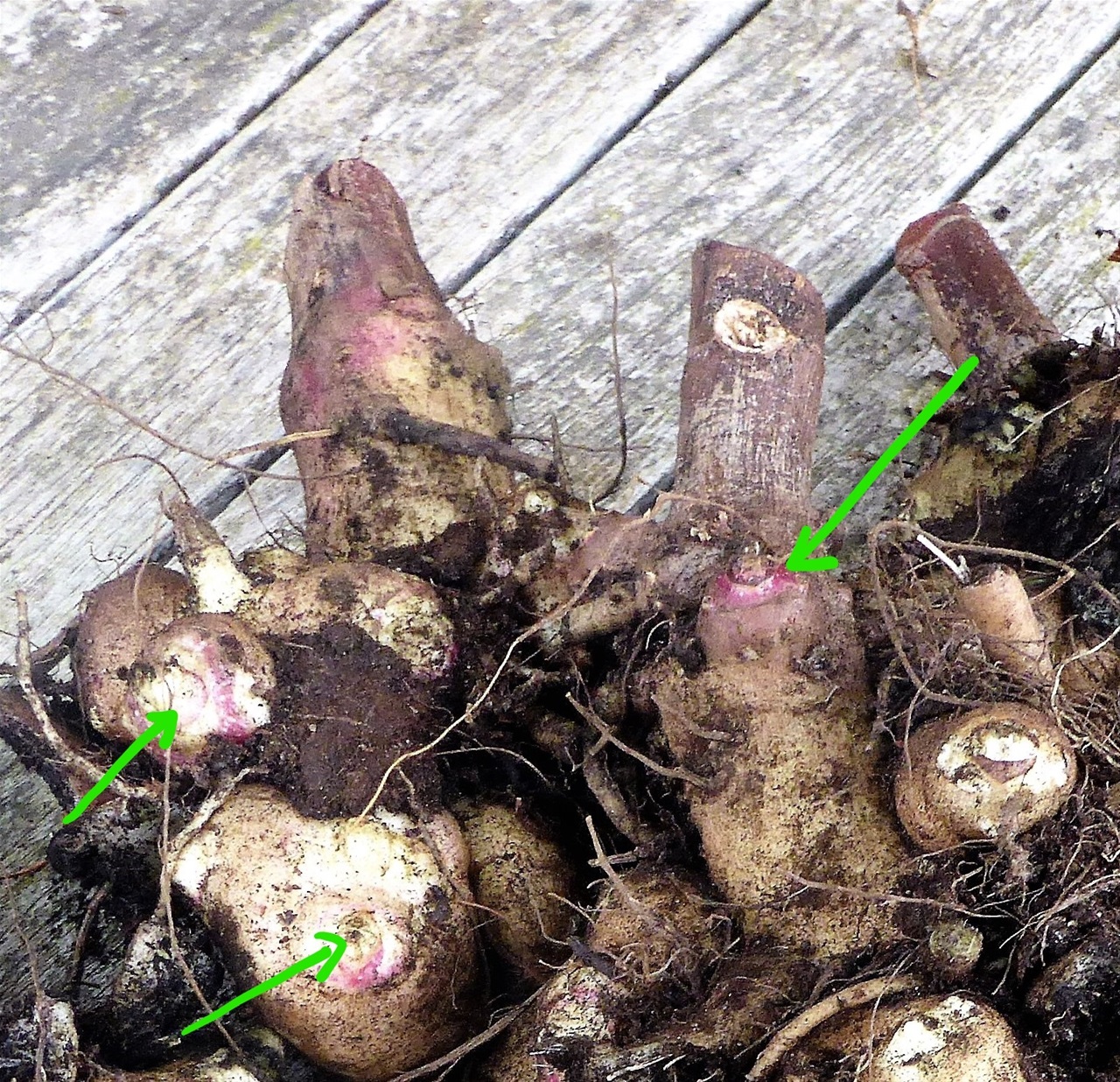
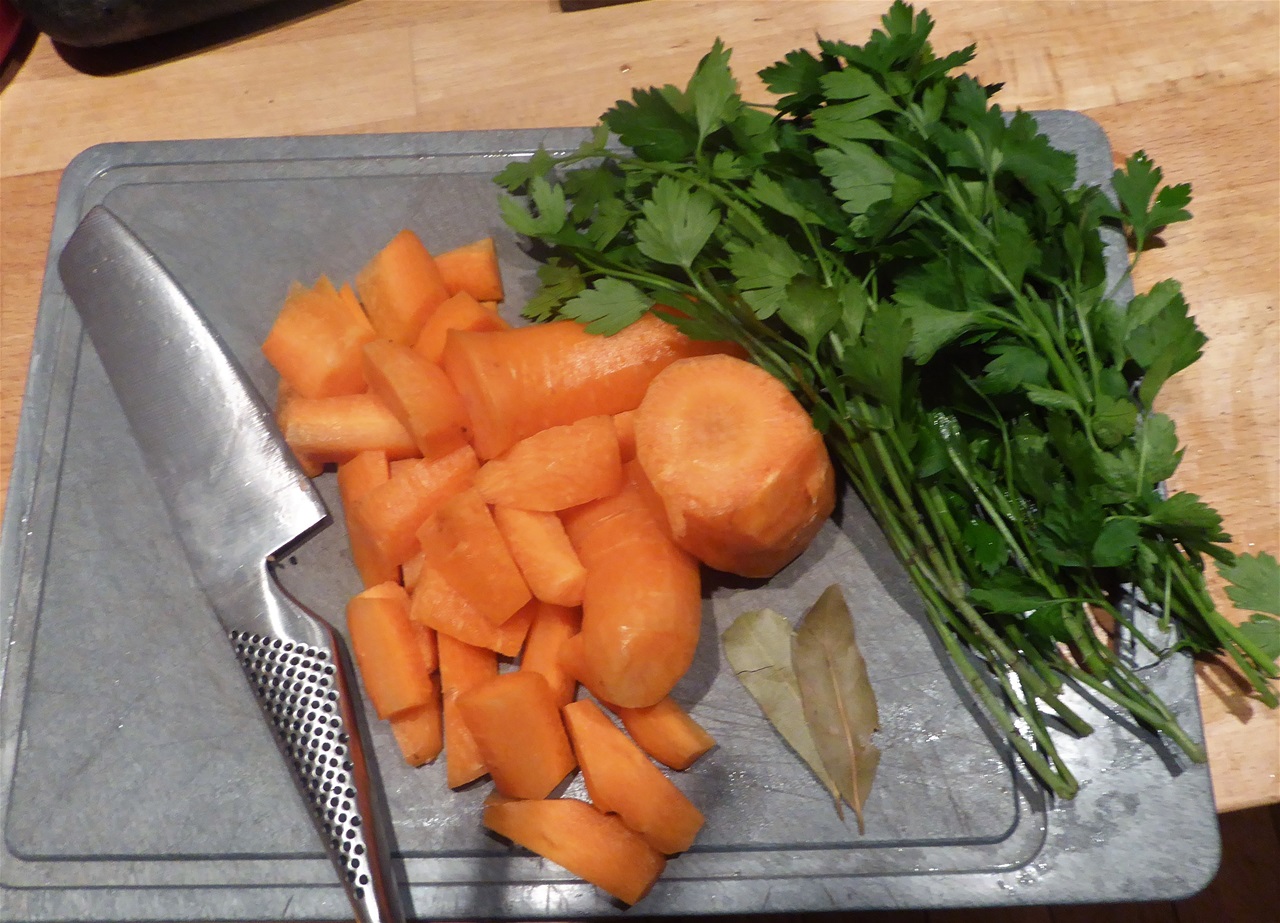
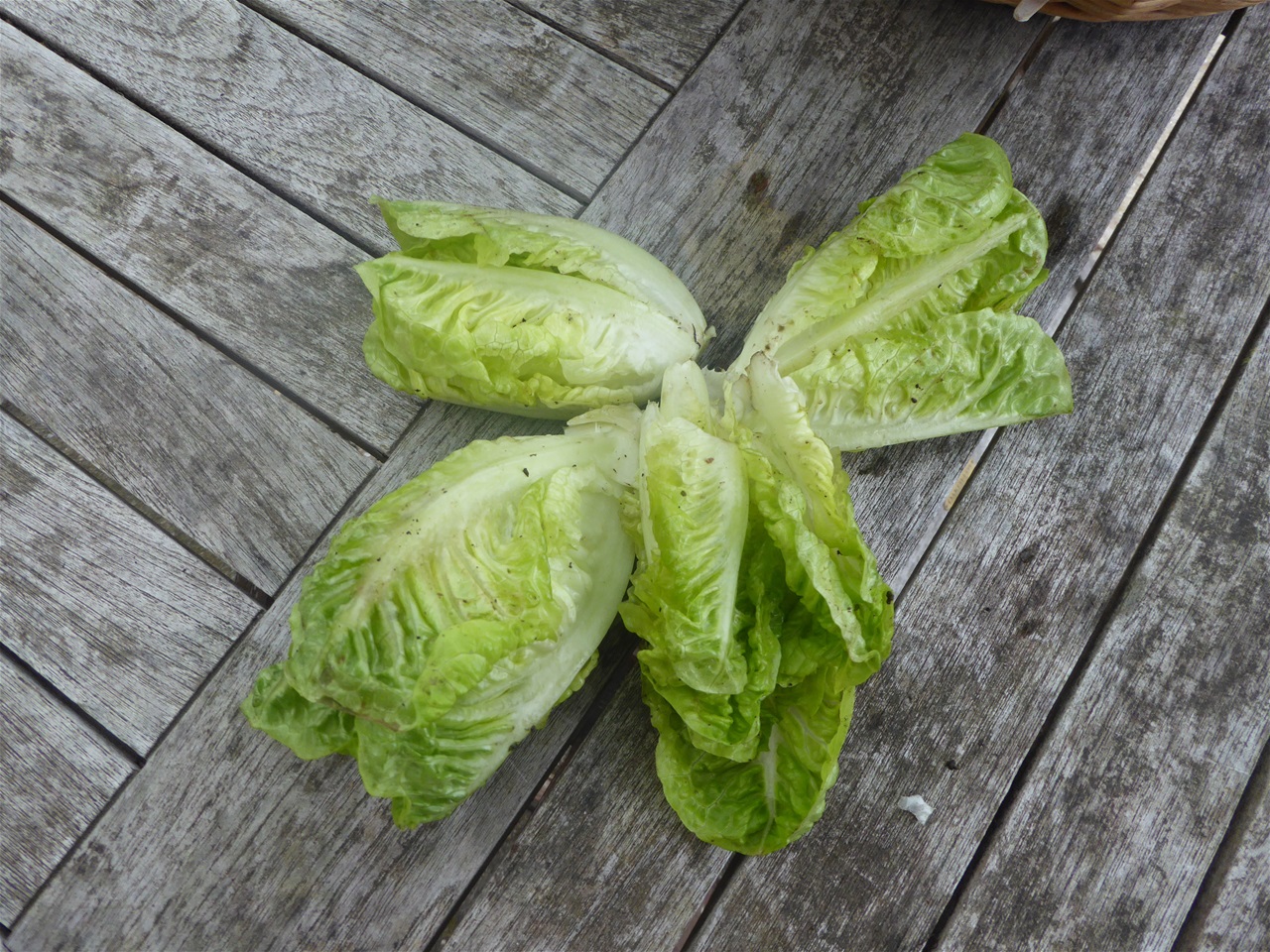

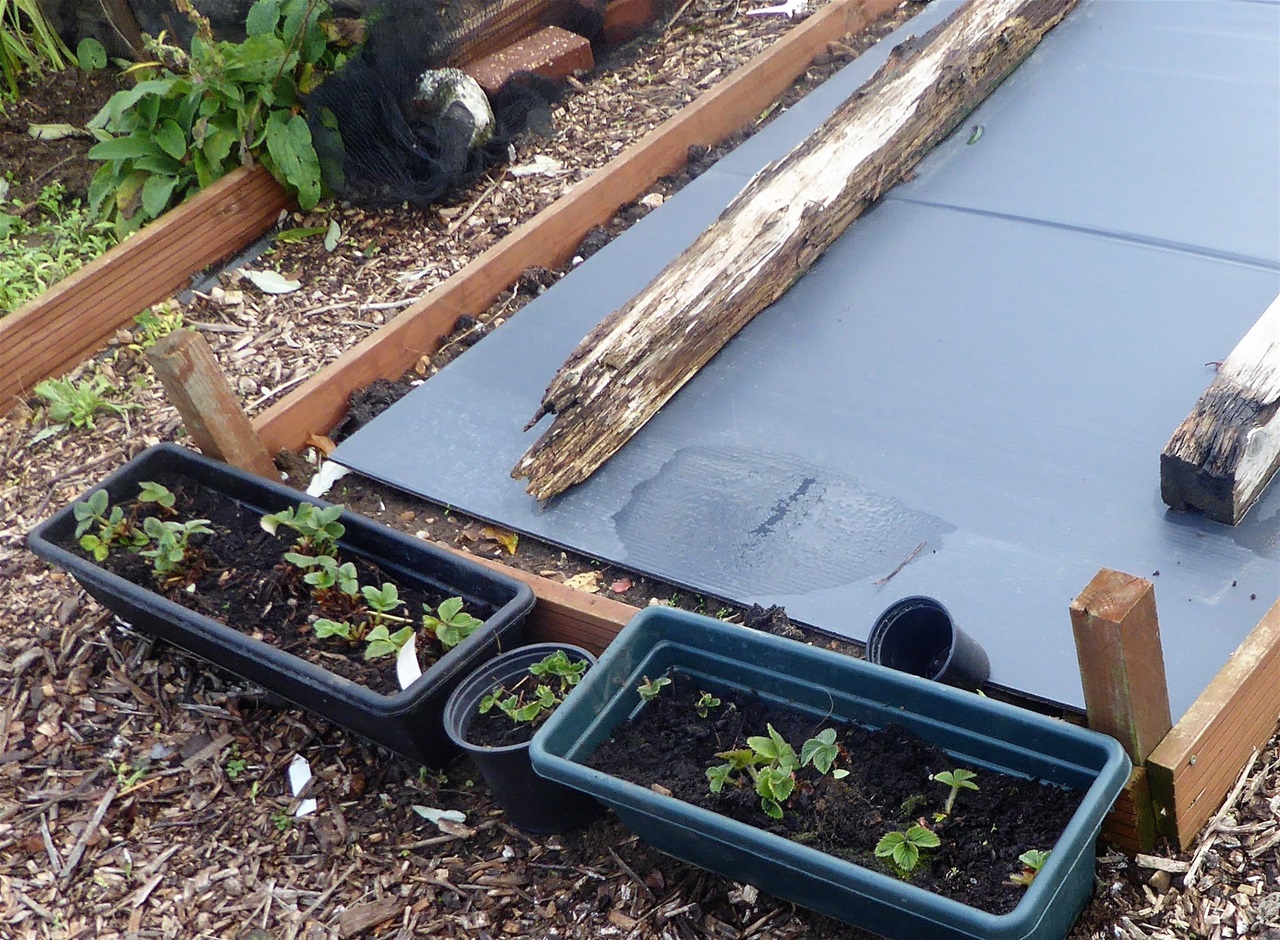

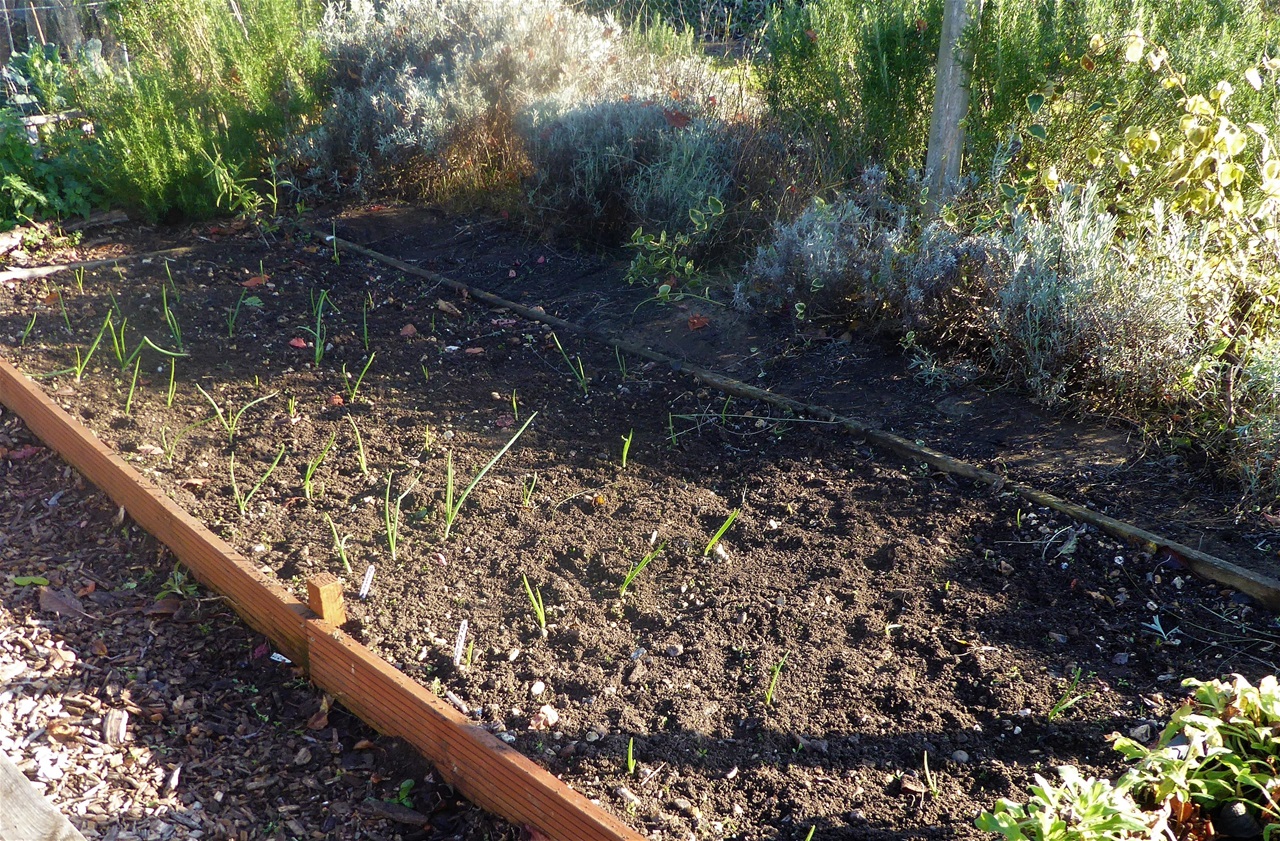
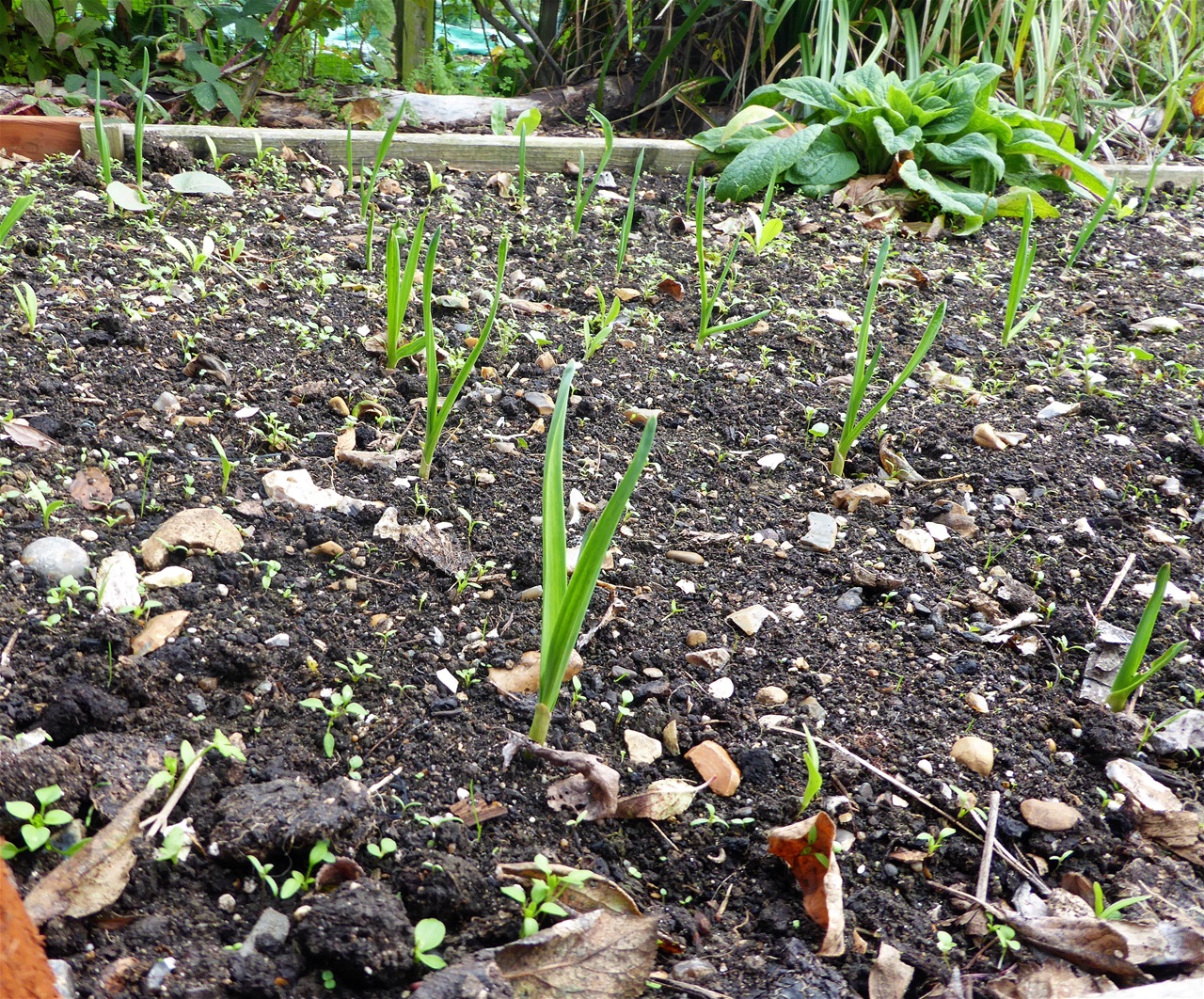




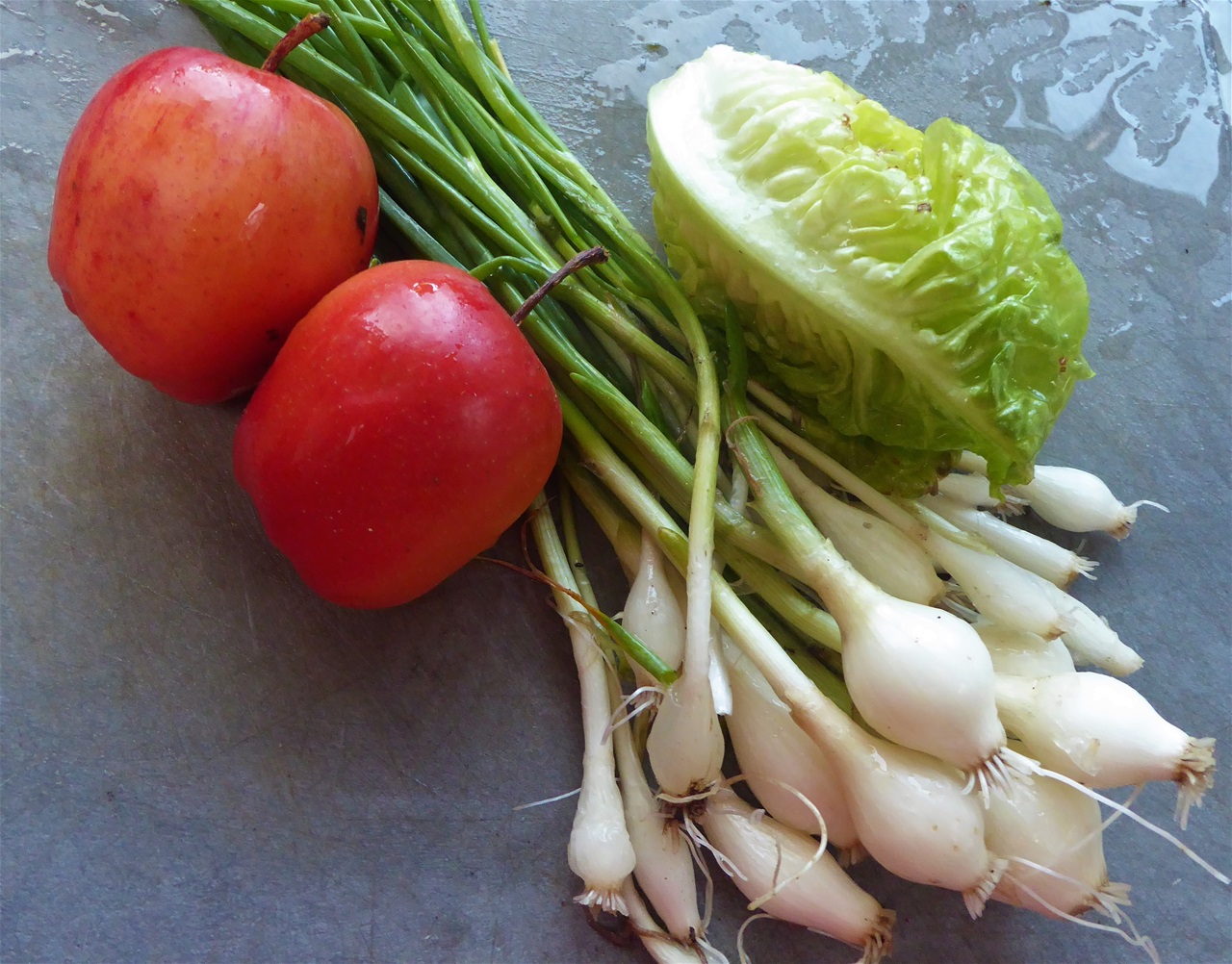
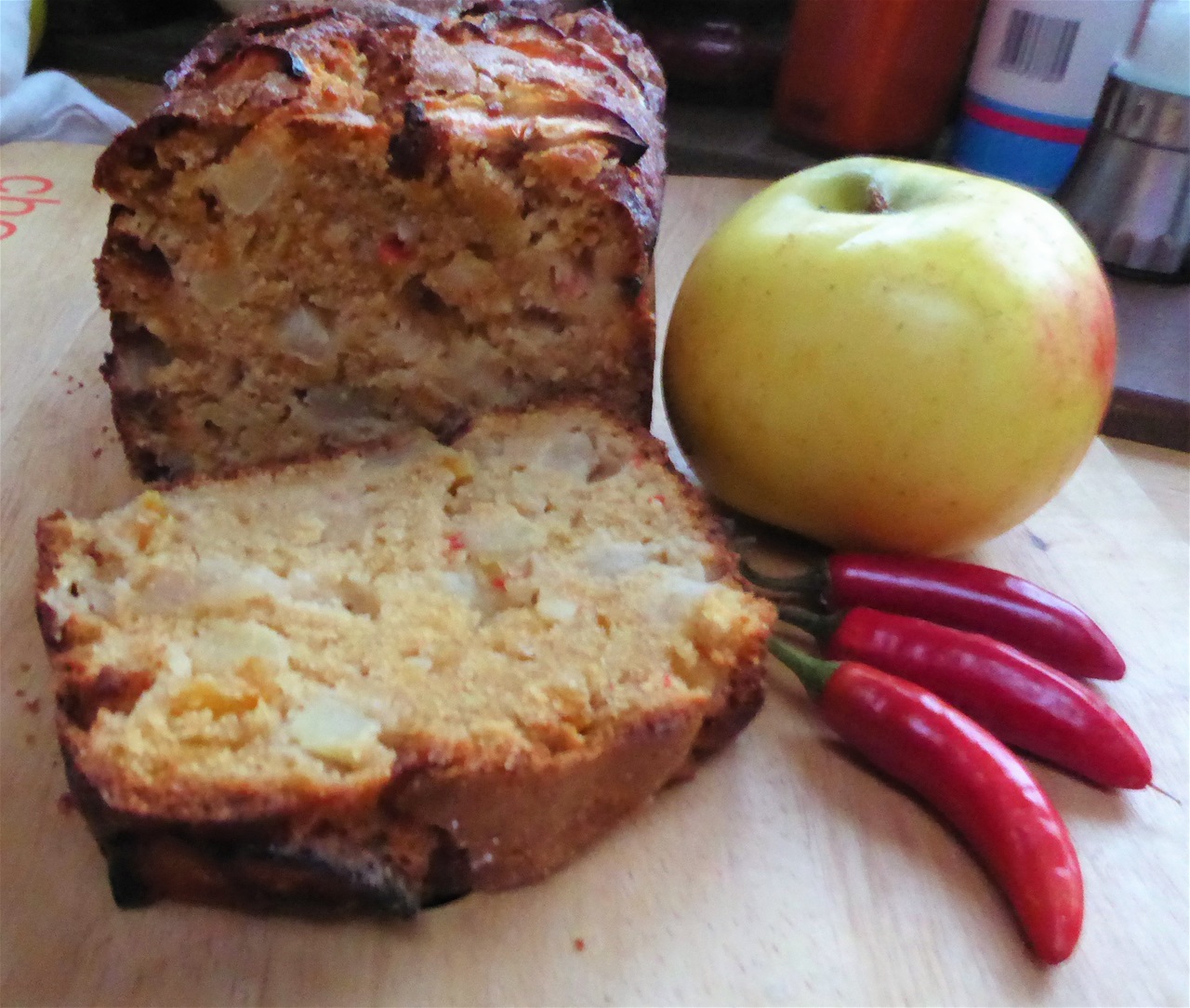

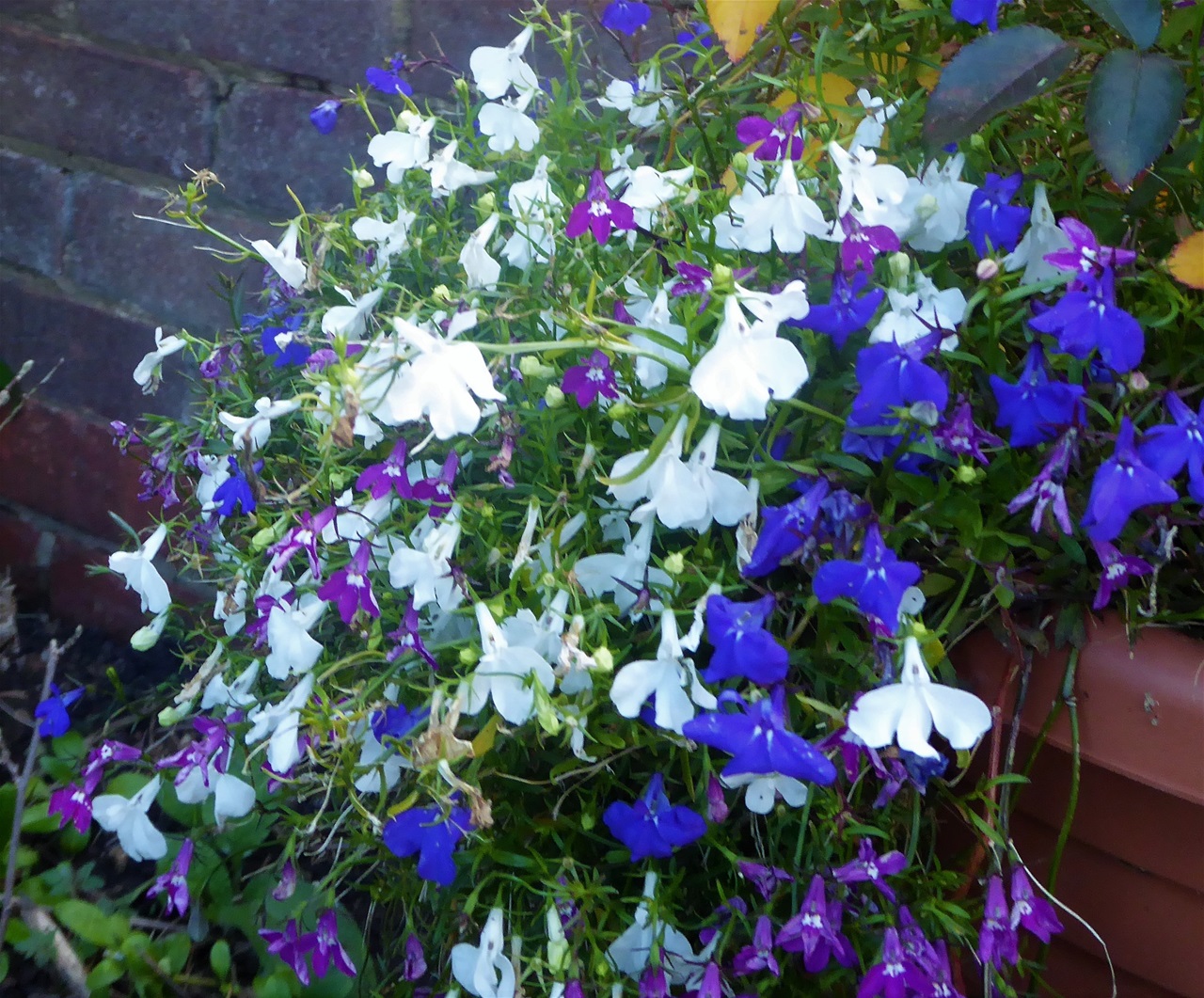
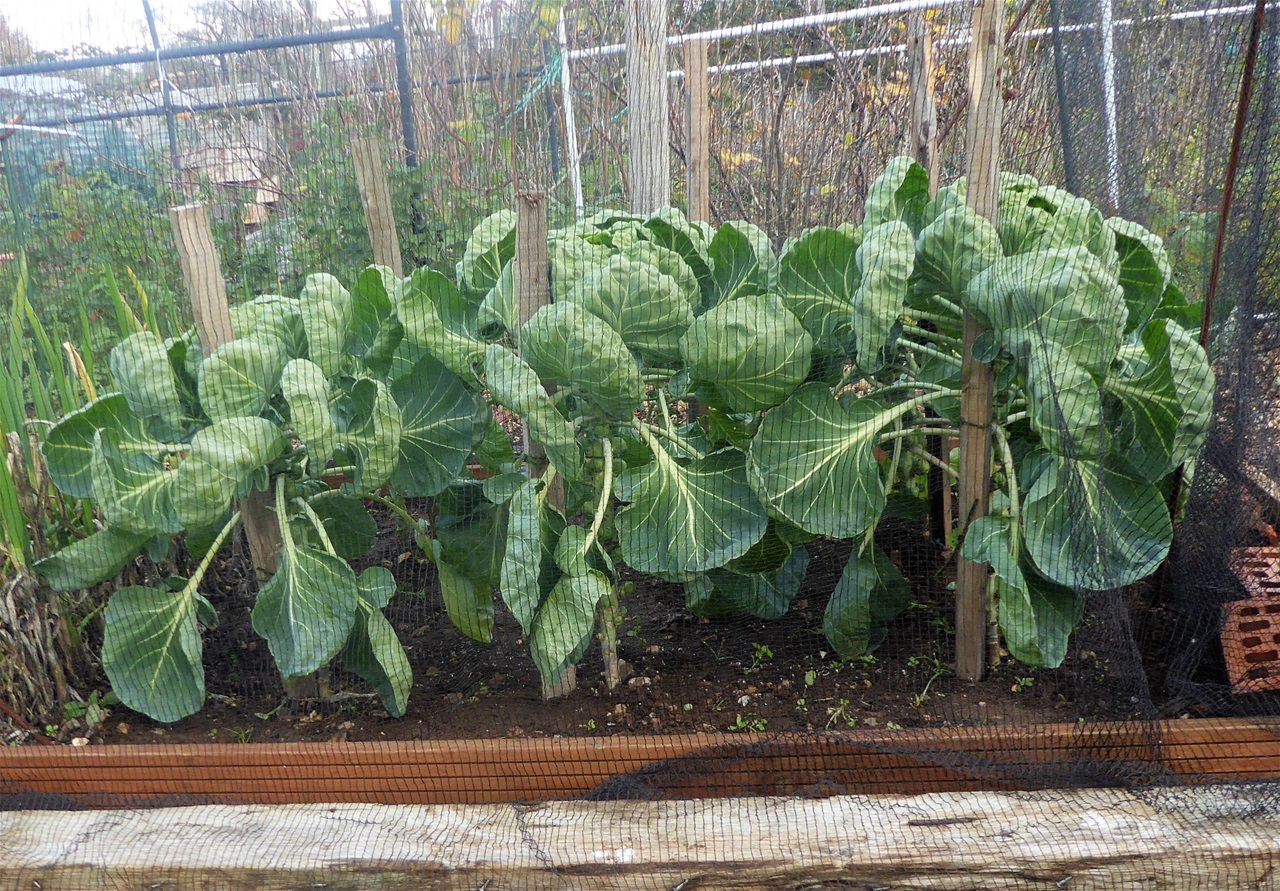
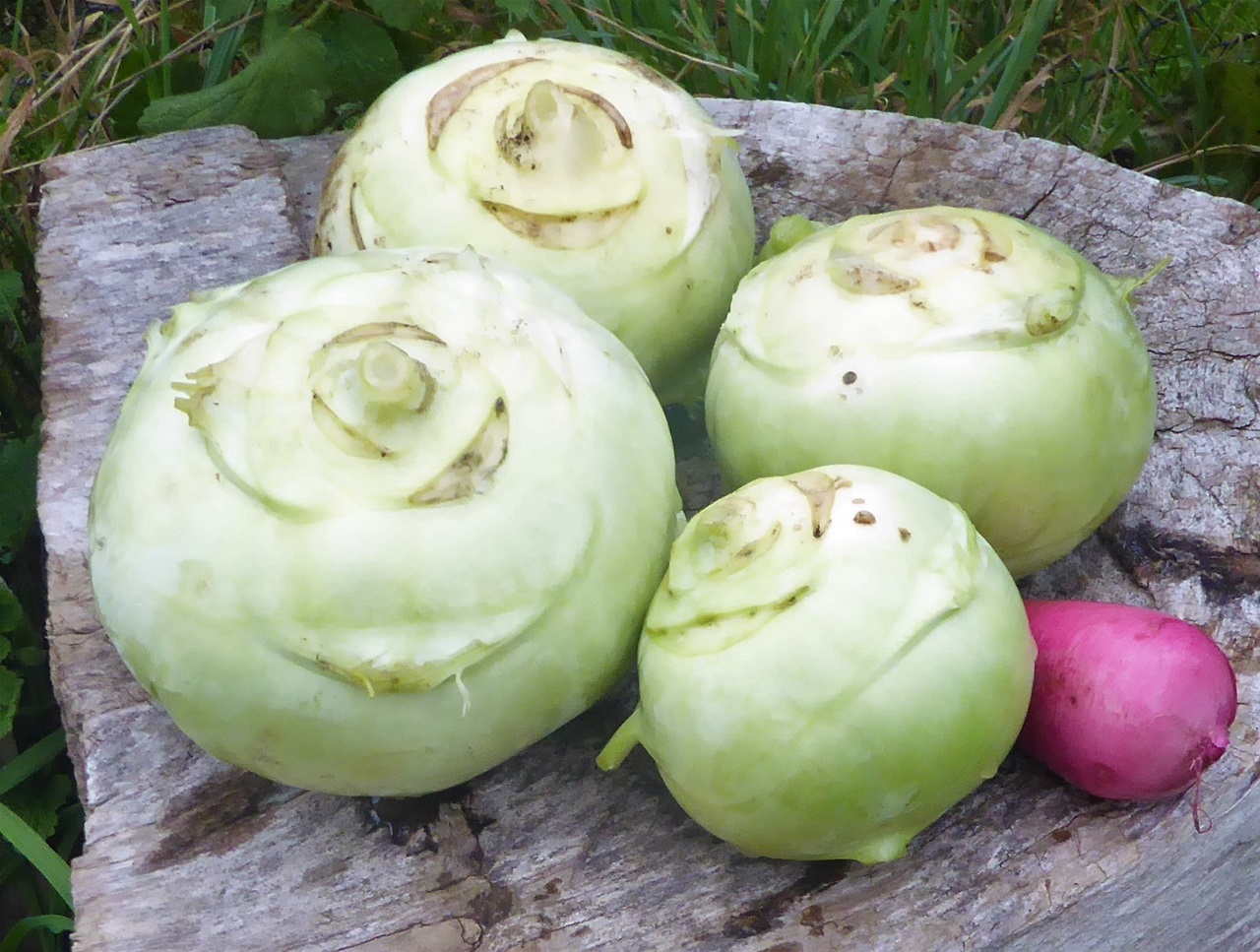

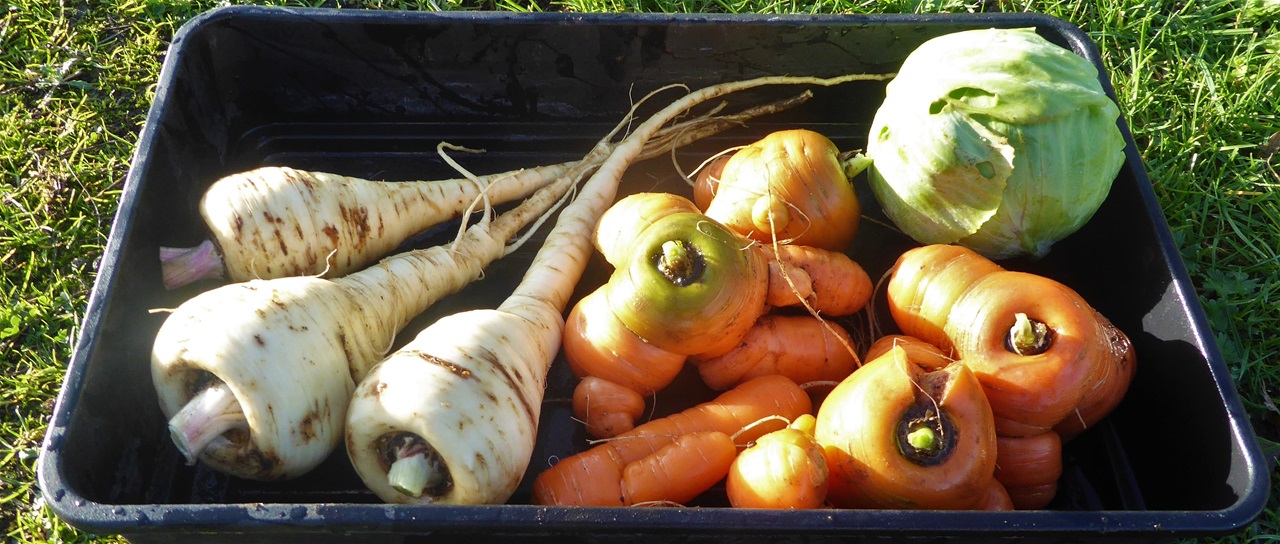
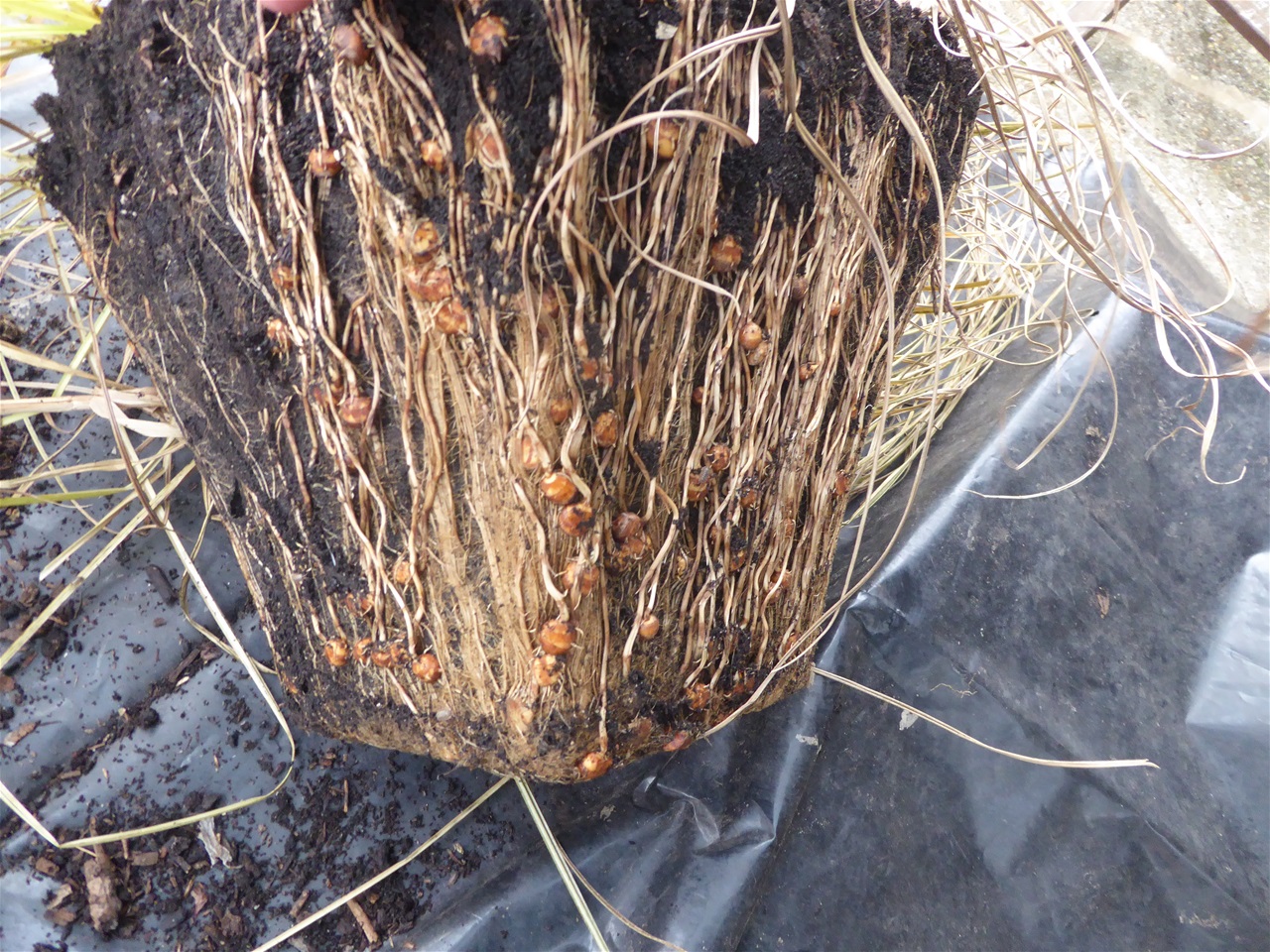
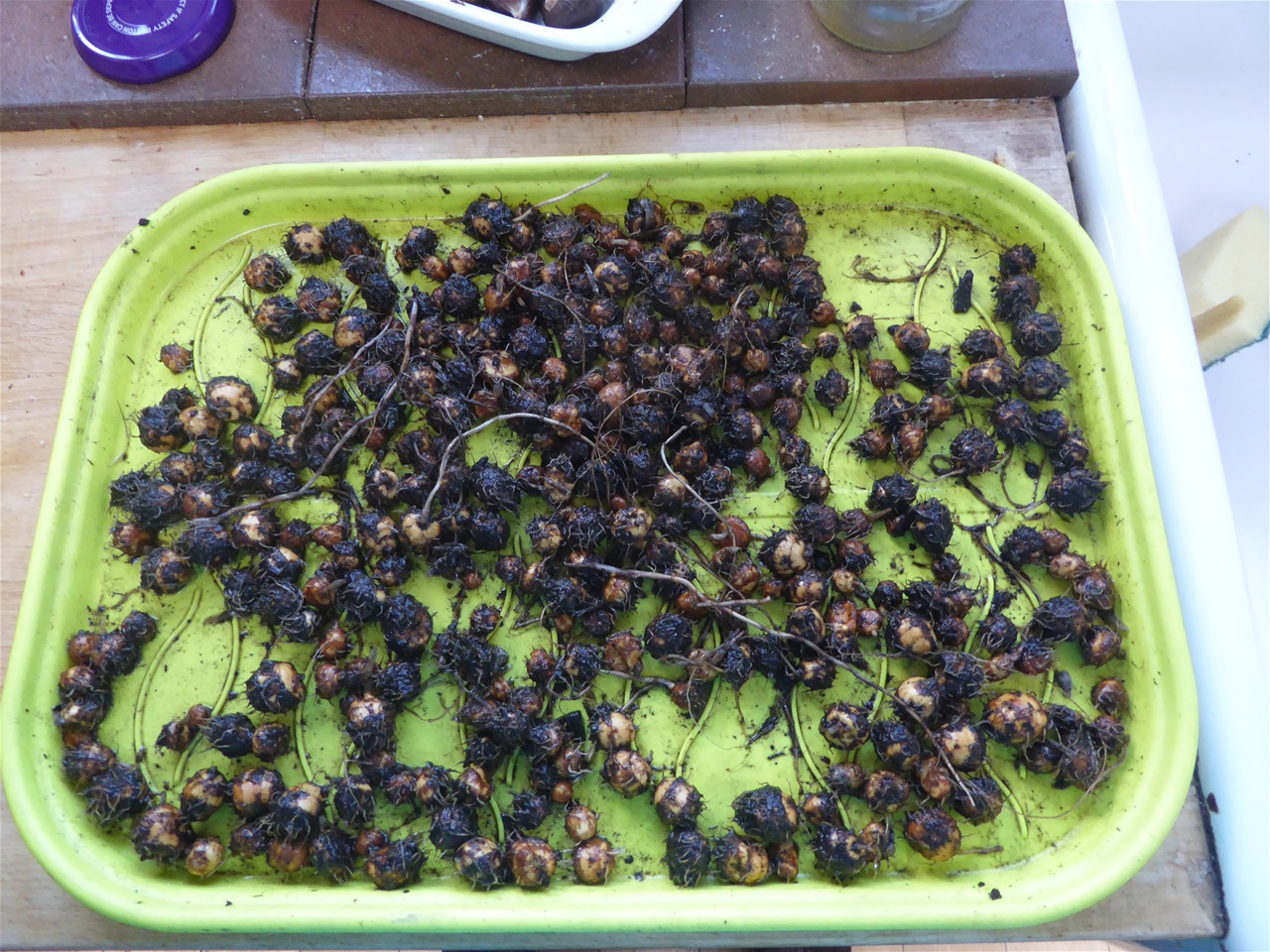

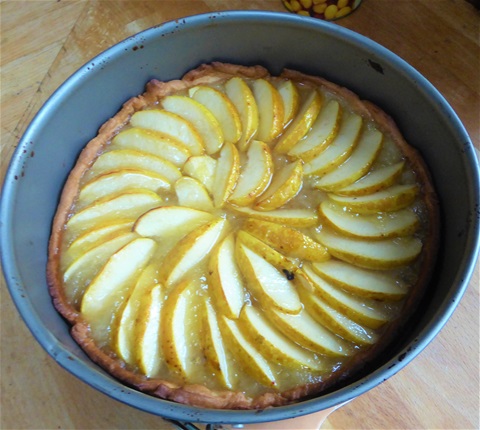
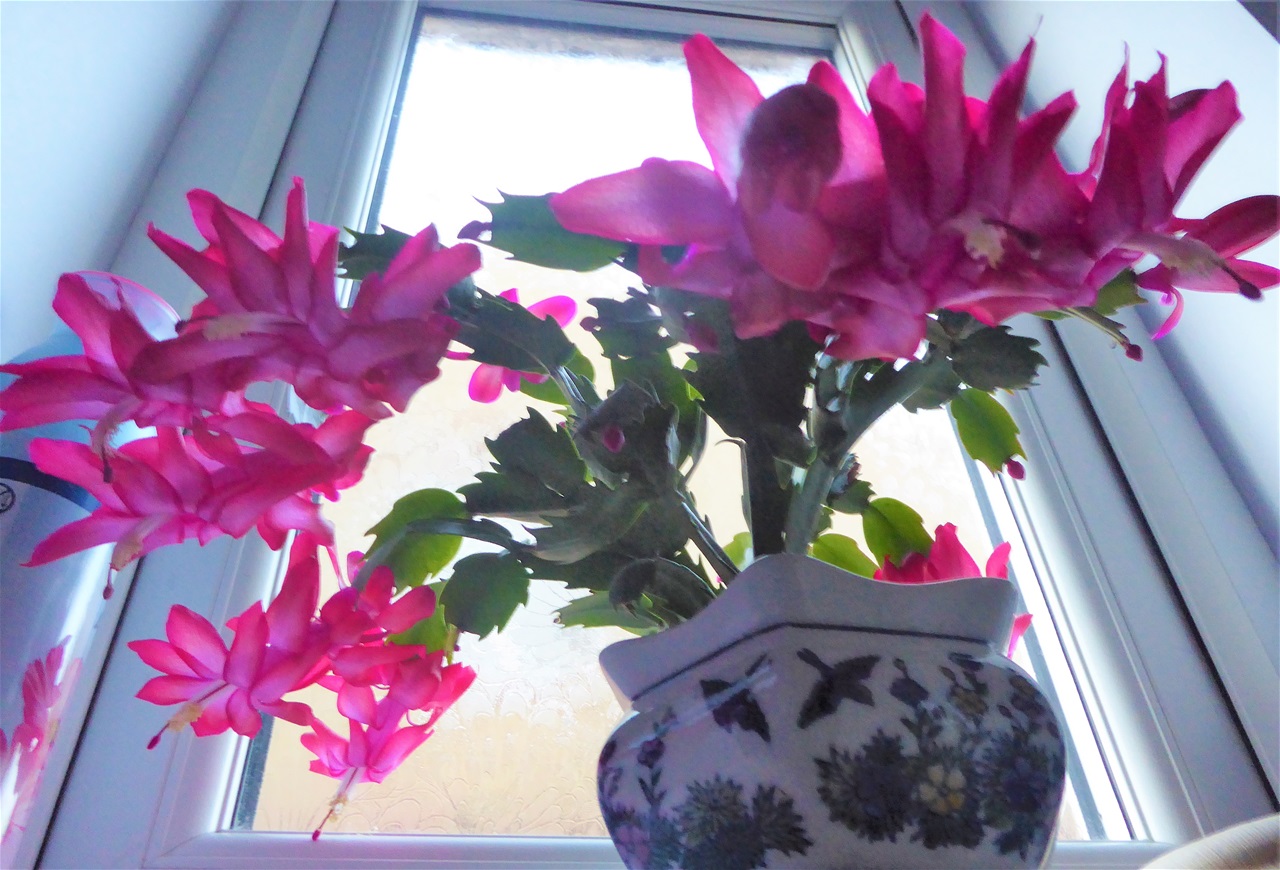
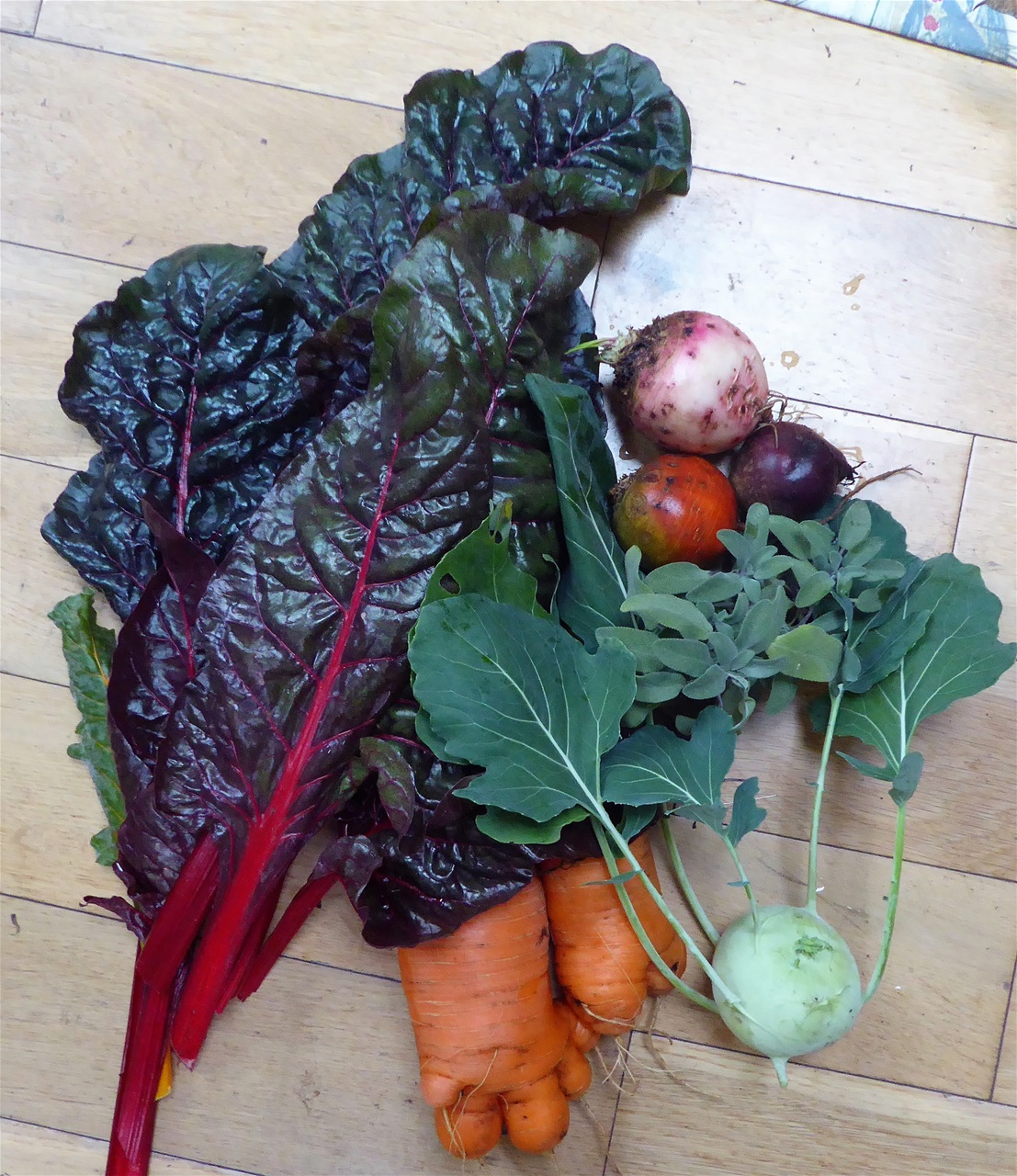
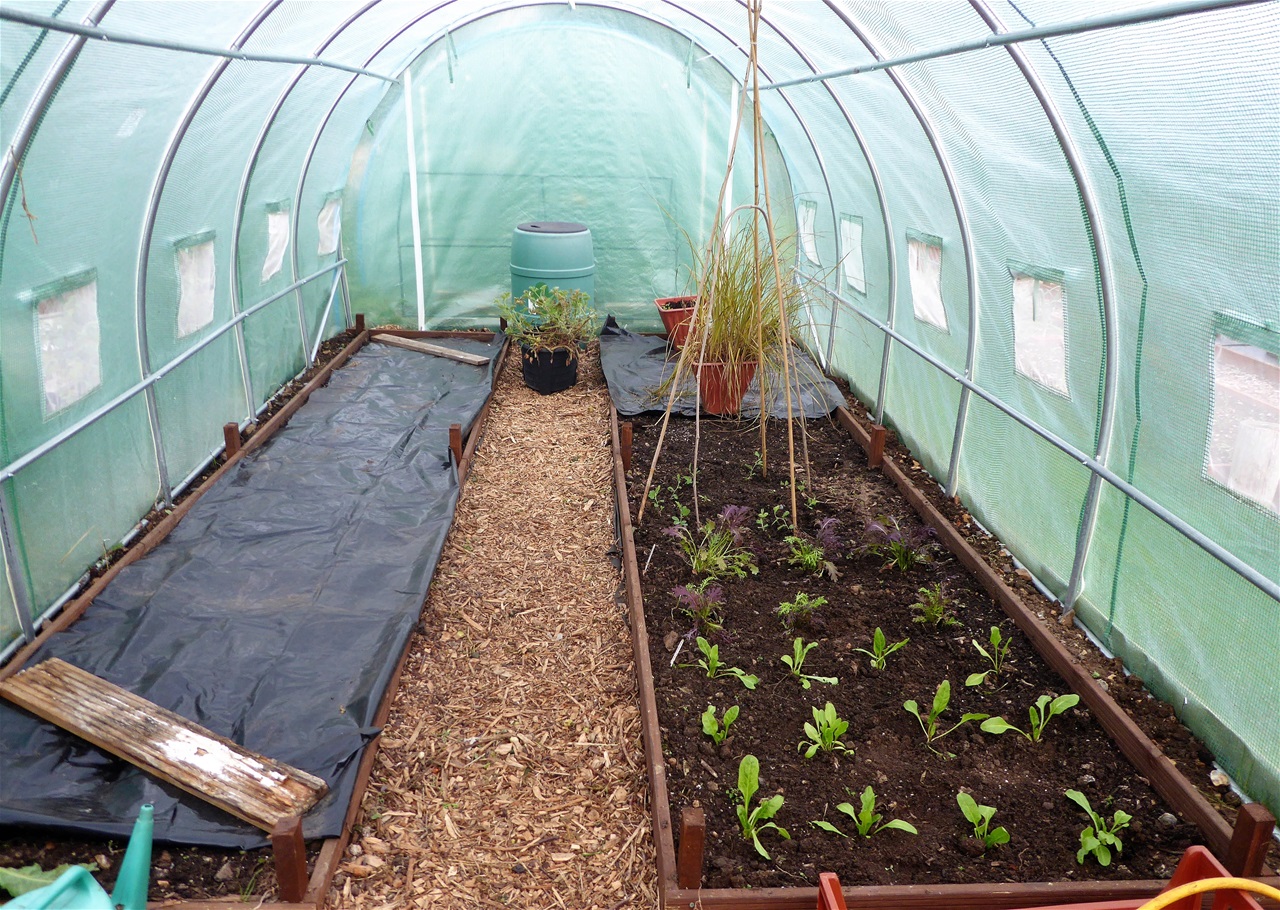
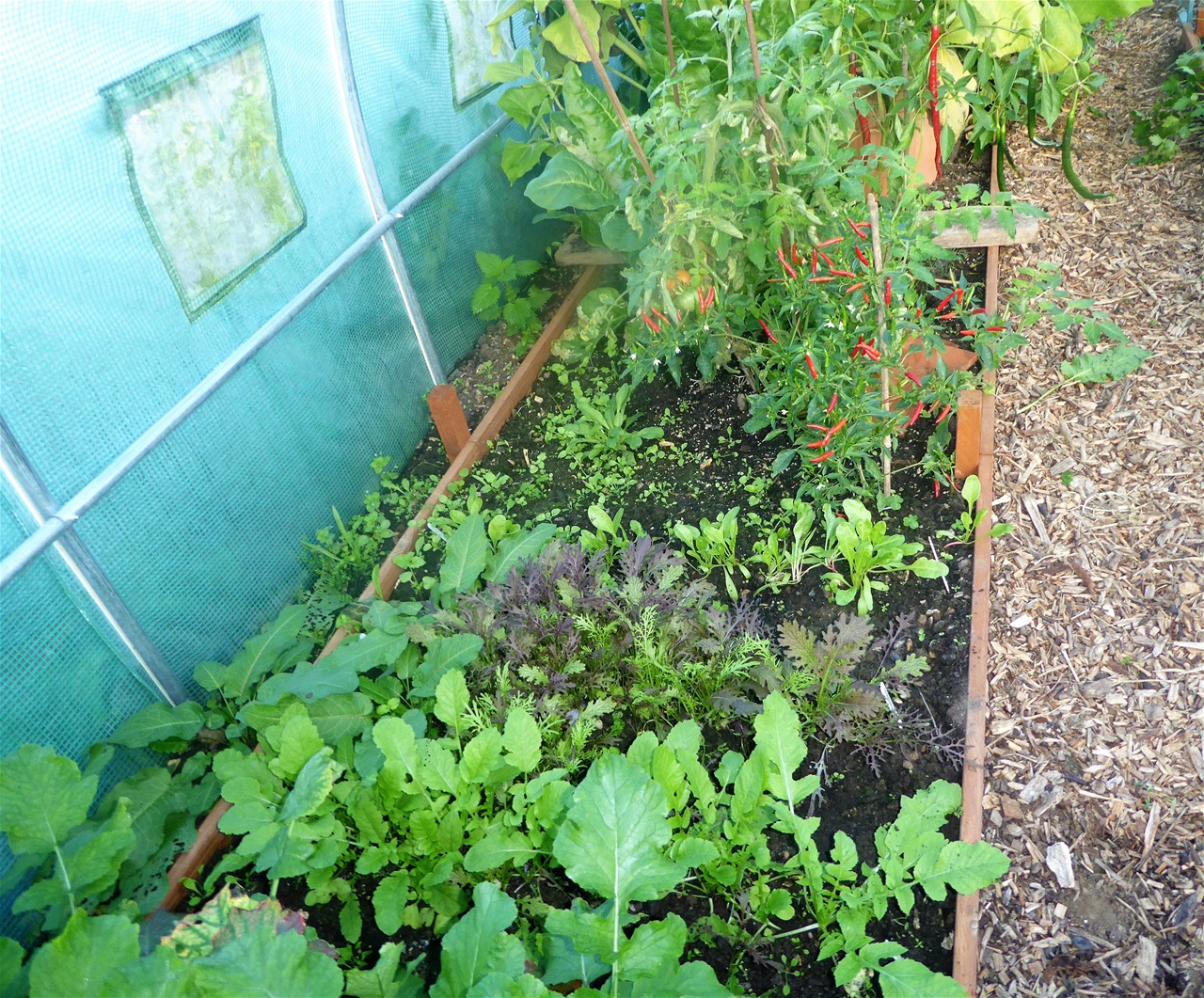

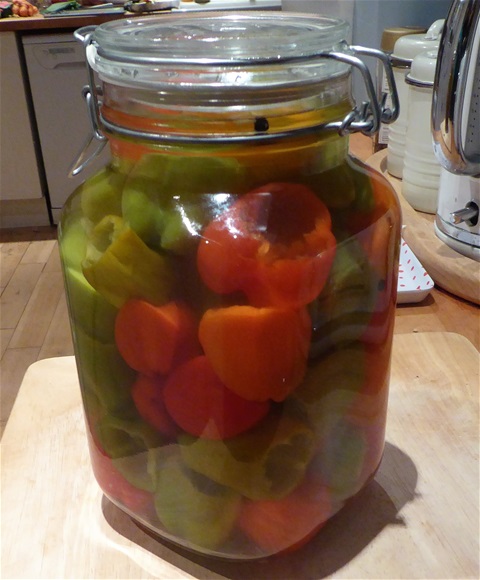
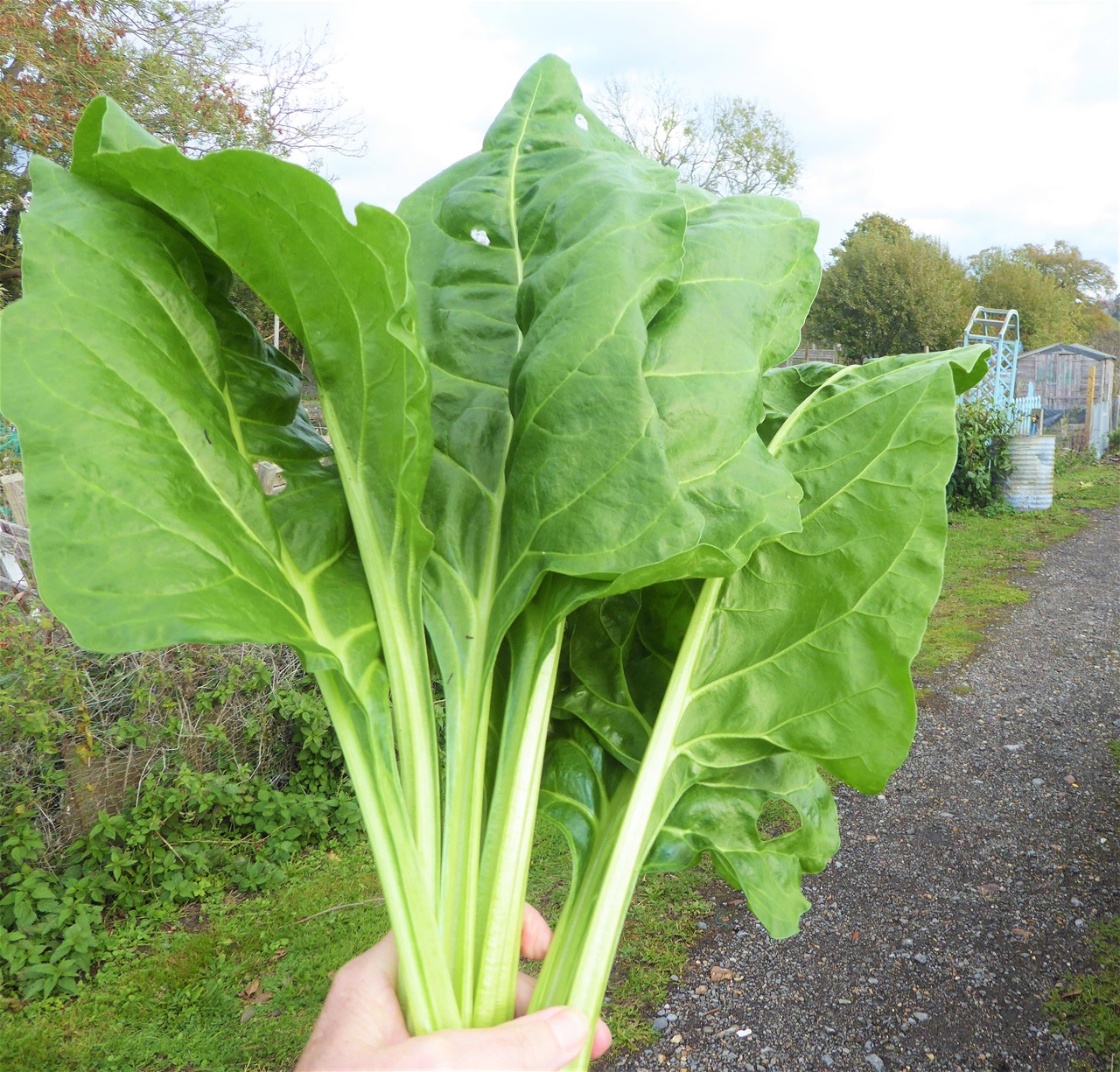
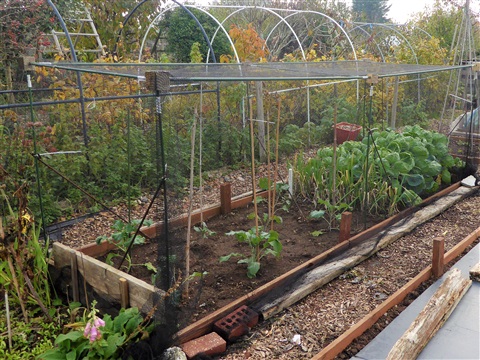

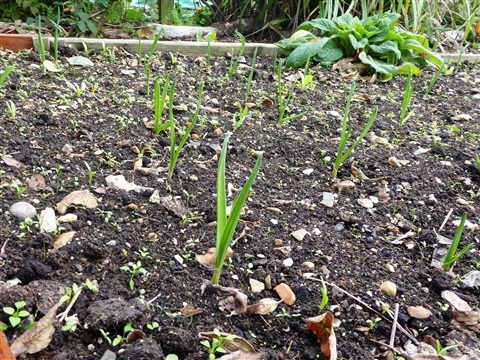
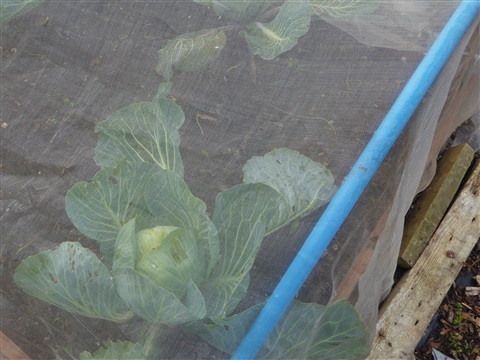
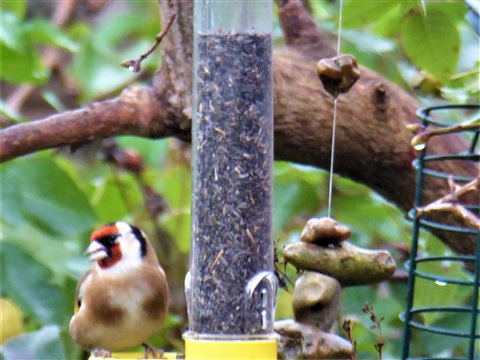
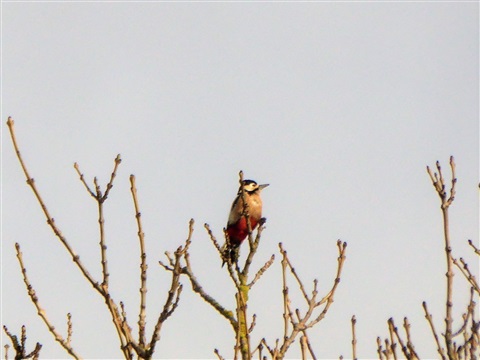
Dave@HappyAcres
I grew yacon a few years back and found out I was one who can't eat it, or other sources of inulin like sunchokes. Sounds like you will be enjoying cabbage for some time to come!
Michelle
Your yacon harvest is very interesting. That's an amazing yield for growing in pots, I can only imagine how productive they could be if grown in the ground.
Kathy
I think in the ground the tubers get even bigger! This is enough for us this year though, but next year will try even larger pots so maybe easier to get them out at the end of the season!
Dave@HappyAcres
That is great news about the rabbit! I had one living inside my garden fence one summer and it did a lot of damage. That is a lot of dahlia roots too!
Kathy
I can say for sure that Dahlias are not on our Christmas gift list this year, Dave!!
Michelle
Oh I know how destructive rabbits can be, they used to be able to get into my garden. Fabulous cauliflower.
Mark Willis
I'm glad to hear that you finally got rid of the Wabbit! (Should have bribed him with some apples...)
Kathy
Oh so are we, Mark! He must have eaten his body weight and more in apples, but was useless at keeping the grass grazed down.
Dave@HappyAcres
I'm so glad to hear you are enjoying the kohlrabi! One more thing we do is roast them, either in thick slices or in wedges. I'm going to use some in a curry this weekend myself. It's a versatile veg.
shaheen
Those carrots are marvellous, truly. They have character. I still love them. OOoh apple tart - yum.
Kathy
The carrots still have plenty of flavour too and once they are washed and chopped who ever knew what they looked like! Just so long as they don't split
Michelle
Oh you have mice and voles too, you have my sympathy, they are so destructive. I hope you don't have rats to, those are my nemeses.
Kathy
So far no rats this year but no doubt they will arrive again in the Winter, more is the pity
Margaret
You still have plenty going on in the garden! My carrots didn't do that well this year but a couple of years ago I had the same type of harvest as you with surprisingly gargantuan carrots!
Kathy
We are trying hard to have fresh harvests for as much of the year as possible, but we never know what the Winter holds. Maybe your carrots will be good again next year.. hope so!!
Dave@HappyAcres
That was a quick change in the polytunnel! I pickled some of my green Piquantes last year and I liked them. Not as much flavor as the reds, but still nice.
Kathy
Thanks for the reassurance with the green Piquantes, Dave
Michelle
I used to feed the Goldfinches and just loved to watch them at the feeders and other birds that came to dine also. But then I realized that I was also feeding the rodents so I had to stop. Bummer.
Kathy
That is why the birds at the plot have to manage on wild food except for robin's and hedge sparrows we throw meal worms too..They eat them instantly so no chance for them to be rodent food
Sue Garrett
Our goldfinches love sunflower hearts too. I love the cute little carrot fest too.
Kathy
We have just bought a sack and need another feeder for these so glad to hear goldfinches love sunflower hearts. Wondering if the ,carrot foot has a partner still in the ground!
Sue Garrett
Should be carrot feet sorry
Phuong Doan
The little toes on your carrots are so adorable, and it looks like you got a huge last harvest of peppers. Your garden still has lots of things growing in it.